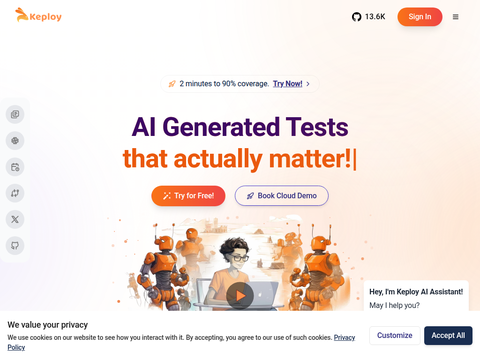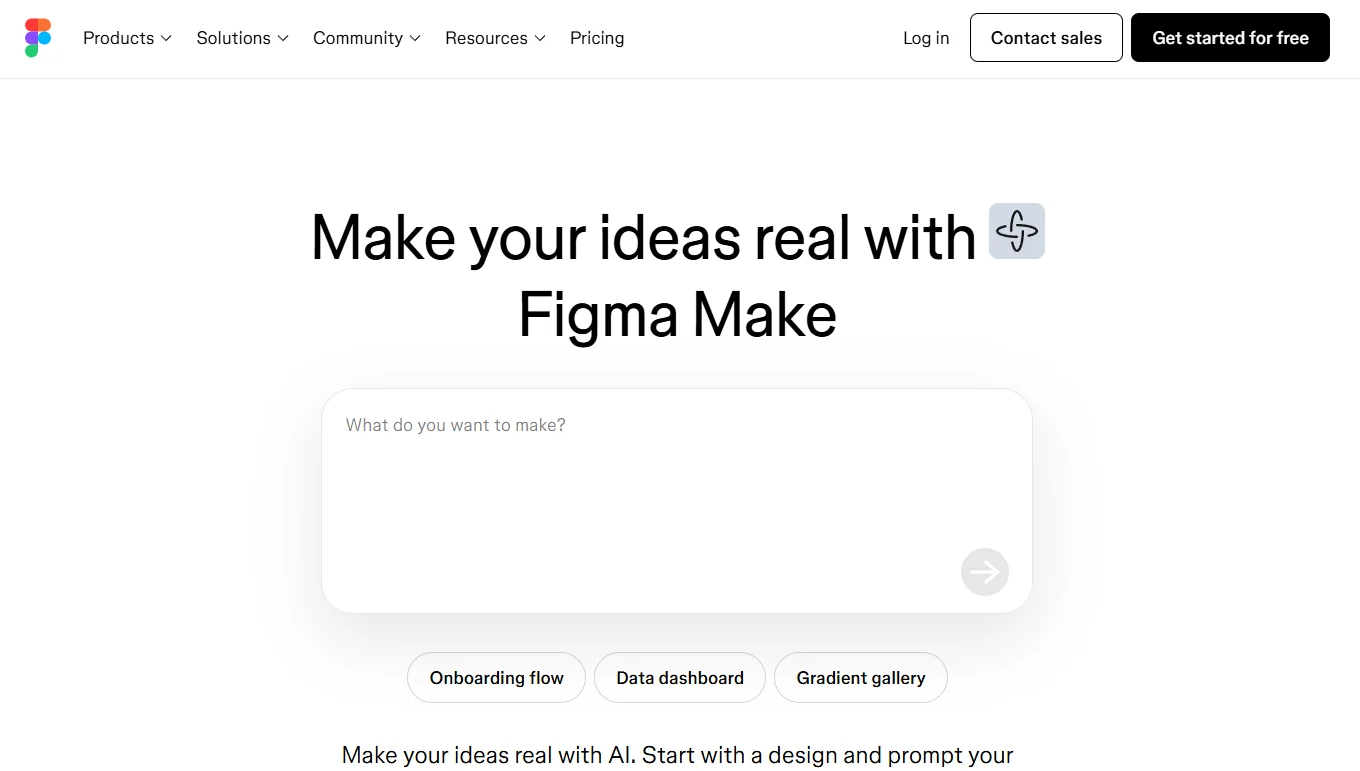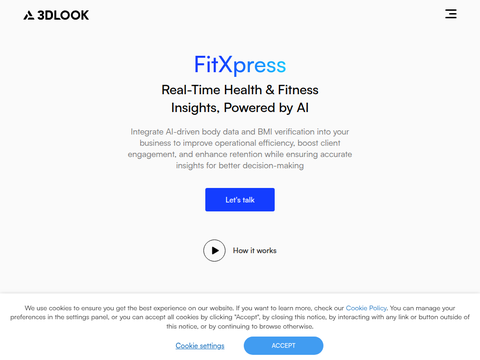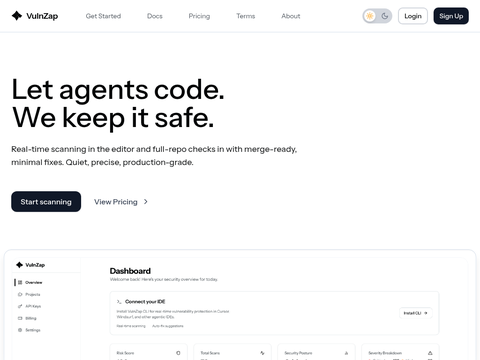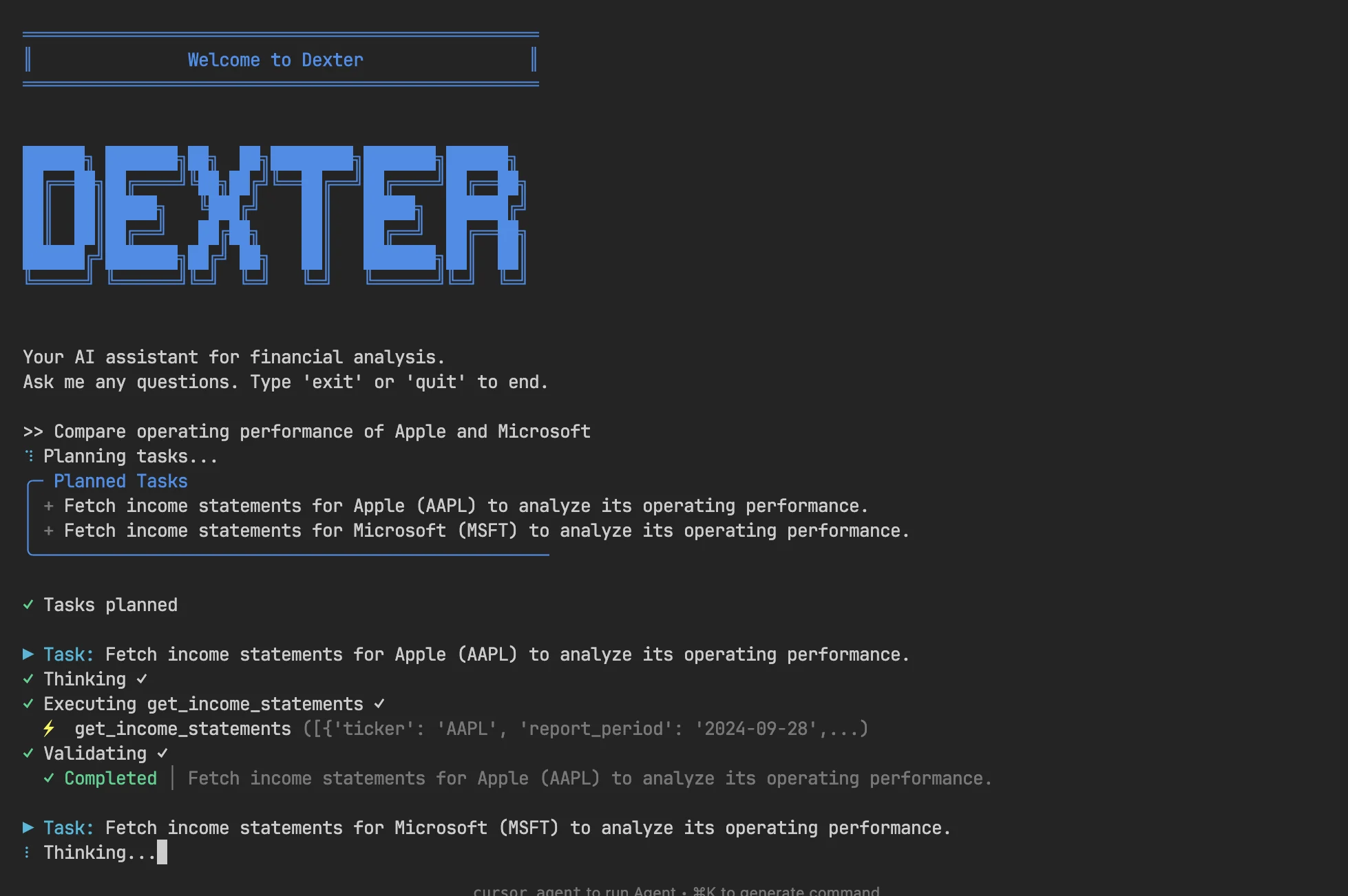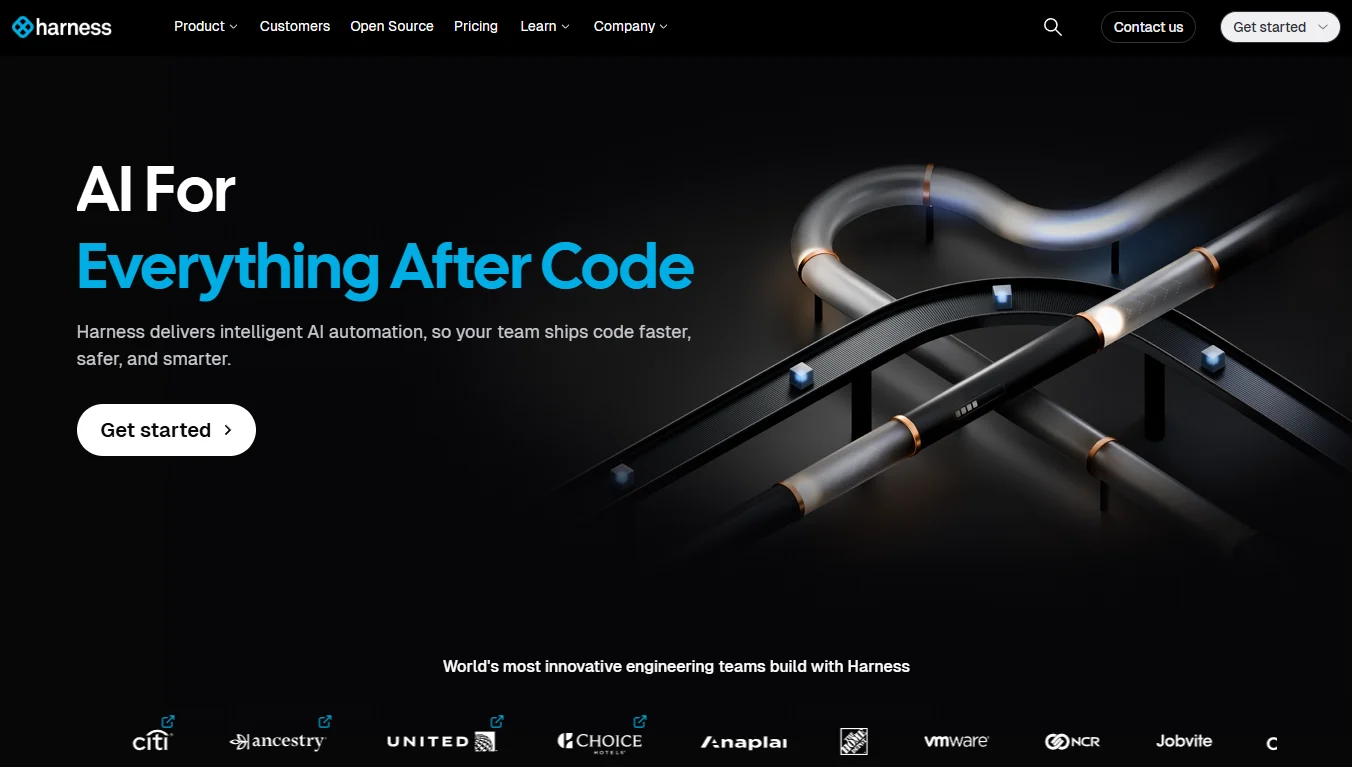With the launch of Beam, Google introduces a next-generation AI-powered communication platform that brings hyper-realistic 3D video calls to offices and organizations. Unveiled at Google I/O 2025, Beam represents the commercial evolution of Project Starline, designed to bridge the gap between virtual meetings and in-person interactions by offering genuine presence—without the need for headsets or glasses.
At the heart of Beam lies its AI volumetric video model, which reconstructs standard 2D video streams into dynamic, life-sized 3D representations. This technology relies on a six-camera array that captures participants from multiple angles, then uses advanced AI algorithms to merge these perspectives in real time. The resulting video experience preserves subtle facial expressions, natural eye contact, and nuanced gestures, making conversations feel as if everyone is in the same room.
By building Beam on Google Cloud, Google has optimized it for enterprise environments, ensuring robust reliability and seamless integration with existing workflows. Early enterprise users can expect millimeter-level head-tracking accuracy and 60 frames-per-second video, minimizing delays and awkwardness that often disrupt remote collaboration. Its light-field display allows users to interact naturally—no wearable tech required—eliminating adoption barriers for teams and clients.
Step 1: Deploy Google Beam hardware in your meeting room or workspace. The system uses a specialized six-camera array and custom light-field display to capture and render 3D video. Position the device where it can fully view participants from multiple angles to ensure precise volumetric capture.
Step 2: Connect Beam to your organization’s network and link it with your preferred meeting platforms. Beam integrates directly with Google Meet and Zoom, allowing teams to schedule or join calls as usual. This compatibility removes friction for IT teams and users, enabling them to leverage Beam’s advanced features without learning new software.
Step 3: Initiate a 3D video call. As the meeting begins, Beam’s AI model processes video streams in real time, reconstructing each participant’s 3D likeness. The light-field display projects these live avatars, facilitating natural eye contact and more authentic communication. Participants can read body language, facial cues, and even subtle expressions often lost in flat video calls.
Step 4: Activate real-time voice translation during the call. Beam’s AI translation system allows users to speak in their native language while generating translated audio streams for others—preserving tone, pitch, and emotional nuances of the original speech. Already available in Google Meet, this feature will support additional languages in the coming weeks.
Step 5: Collaborate securely with external partners and clients. Beam’s enterprise-grade security and integration with Google Cloud enable organizations to connect globally with partners, clients, or remote teams using Beam, Google Meet, or Zoom. This flexibility supports hybrid work and global operations without compromising communication quality.
The initial rollout targets enterprise customers, with HP showcasing Beam devices at InfoComm. Selected organizations, including Deloitte, Salesforce, Citadel, NEC, Hackensack Meridian Health, Duolingo, and Recruit, are already queued for early access. Google has also partnered with channel providers like Diversified and AVI-SPL to accelerate adoption in commercial settings.
For teams seeking to address persistent challenges in remote meetings—awkward delays, missed non-verbal cues, and language barriers—Beam offers significant improvements. By recreating the depth and immediacy of face-to-face interactions, it reduces misunderstandings and builds trust among distributed teams. The addition of real-time AI translation further streamlines global collaboration, enabling organizations to operate across borders without losing conversational subtleties.
Google’s Beam promises to redefine the possibilities of virtual meetings, providing a technological leap for companies aiming to make remote work as natural and efficient as being in the same space.

